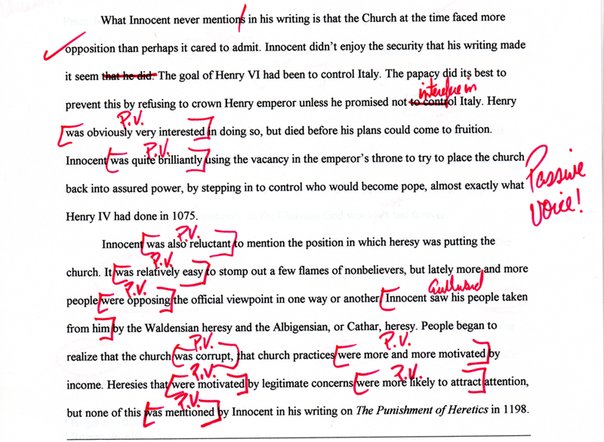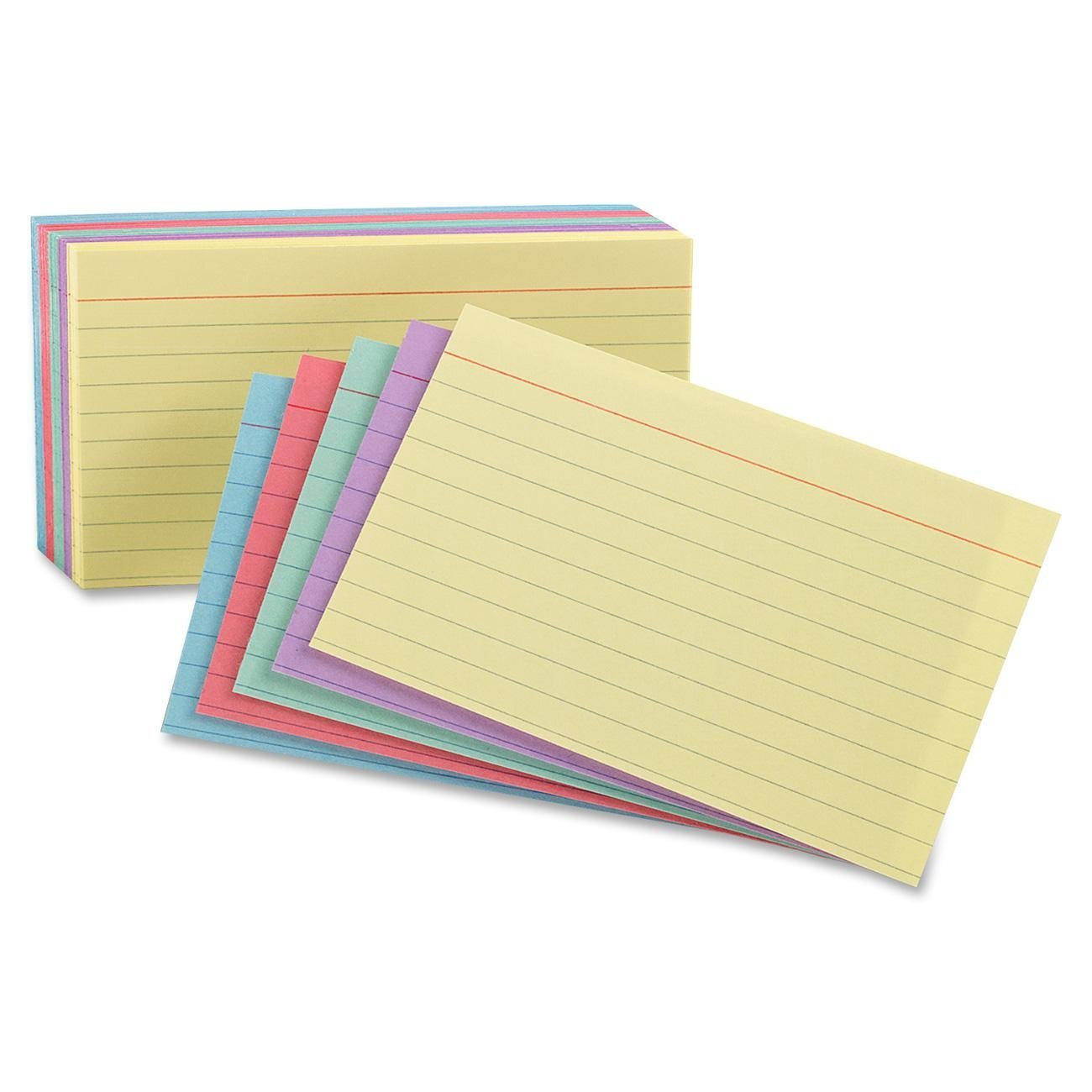By: Rachael Burke
Rachael Burke is a second-year Writing and Rhetoric PhD student at George Mason University. Her research centers on empathic articulation and social-emotional design. She has taught composition, ESL, and interdisciplinary studies, and she is currently teaching at GMU and Northern Virginia Community College. You can reach her at [email protected].
Almost every semester, there is one assignment that I approach a bit differently from many composition teachers: the metacognitive essay. I love the overall spirit of this essay and what it asks students to do, as it encourages students to understand their own writing habits and the general composition process. And I certainly support the idea that rhetorically savvy writers must possess the capacity for introspective analysis. For me, however, part of the problem with the most traditional versions of this assignment (ones where students are centering their awareness on their own writing) is that it primarily asks students to re-form a relationship with their own ideas, feelings, and processes, in addition to cultivating self-evaluative judgment.




